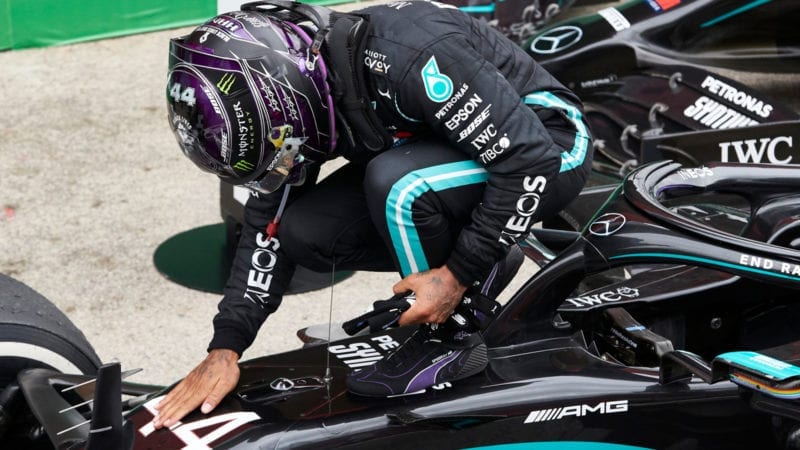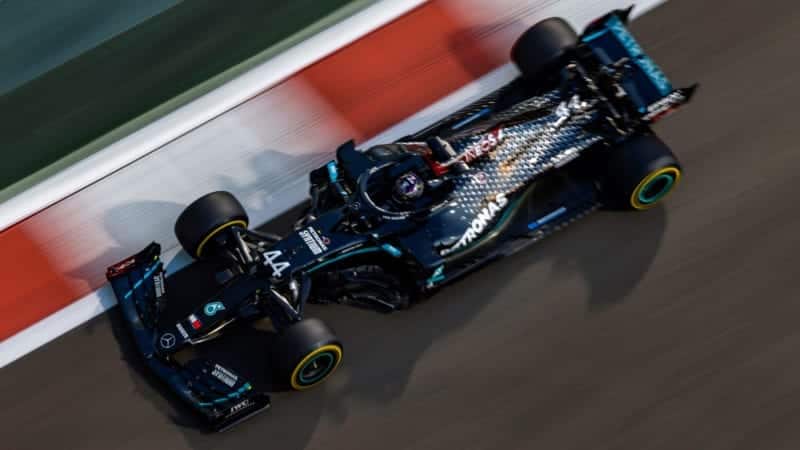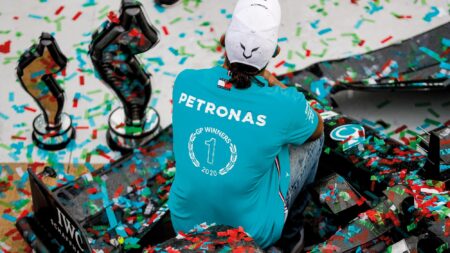So already, despite the car being three times as powerful as the driver in general terms, in reality because there is such uniform excellence, those very few who can deliver beyond that are disproportionately important in the equation. Because if you took a random driver in one of the slower cars and placed him in a Mercedes that’s 0.7sec quicker than the next-fastest car, he will of course be competitive. But if he is 0.2sec slower than the guy in the other Mercedes, he’s not going to win very often. So of course it’s about the driver, just as it’s also about the car. Then there’s the question of why has that driver got himself into the top car? Why did that top team want him in there? Because they see the patterns too, spend many hours and some very powerful analysis tools judging such things.
But we’ve discussed only one-lap speed so far. There is also the matter of putting a race together. This is where those not quite so blessed with the freakish one lap speed can use circumstances to bring themselves into contention. The biggest sensitivity in this area is tyre usage – the ability to minimise the energy you are taking from the tyres while still maintaining a competitive pace for a long enough stint to make your strategy work. Daniel Ricciardo is phenomenally good at this – and is close enough to the ultimate in one-lap pace that in combination he is one of the handful that can be the best on any given day. Sergio Perez is similarly good with the tyres but is probably not close enough on ultimate pace to be one of the absolute elite. Valtteri Bottas can occasionally reach super-fast qualifying territory, bit still takes a lot from the rubber. Carlos Sainz has shown signs of being able to put together Ricciardo-like races. Hamilton is a virtuoso at this – and has the searing single lap pace. Max Verstappen has the searing pace and is always on top of the tyres, and though we’ve yet to see any of those ‘miracle’ stints, they are probably within him. Charles Leclerc has the single-lap pace but admits there is still work to do on always getting the tyre part of the equation right. George Russell had been doing some extraordinary things with the Williams in qualifying this year. It is not a Q2 level of car but many times he put it into Q2. And many times the data was suggesting he was doing something beyond the norm. So it was exciting when he got his Mercedes chance in Sakhir. His performance in what was a thermal deg race suggested he was on top of the tyre demands too.
All this puts yet another layer on the importance of the driver – and why not just anyone could achieve the same level of success as Hamilton in Hamilton’s car. Because Hamilton will be in the other one. So to achieve Hamilton levels of success, you’d need to be able to go bat-to-bat with him on single lap pace, have as deep an understanding of the dynamics, be as in tune with the tyres as he is, be able to attack and defend as well as him, be as in tune with his engineering core as him. How many of the other 19 on the grid could do that? I’m guessing there are no more than three contenders, possibly four.
But yes, apart from all those requirements, it’s only about the car.




